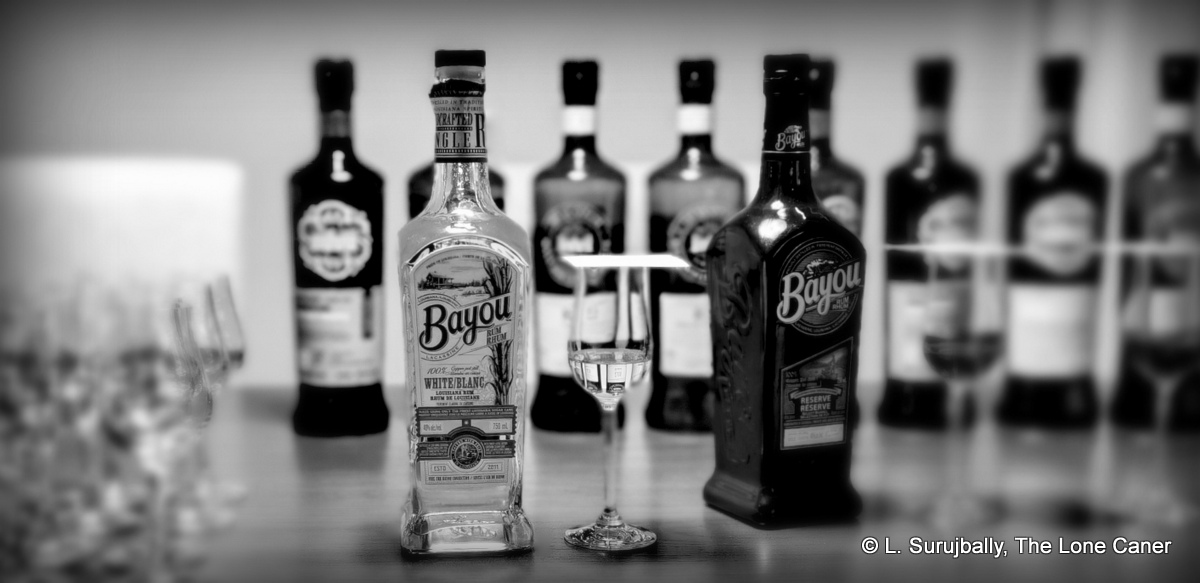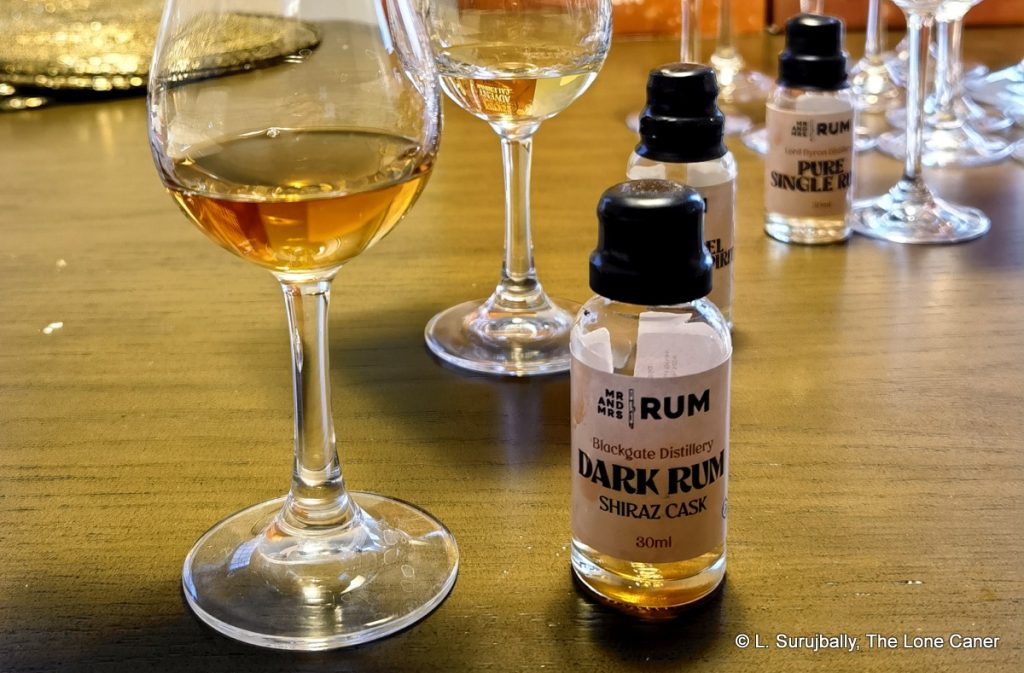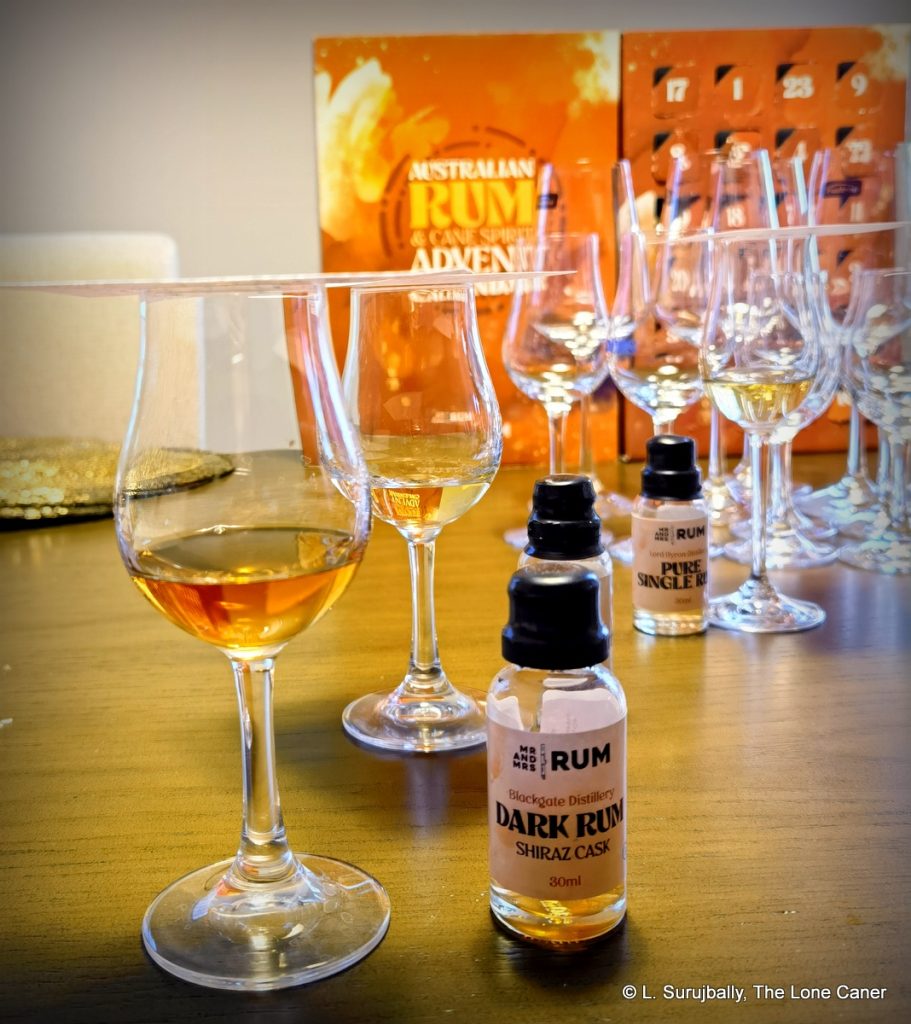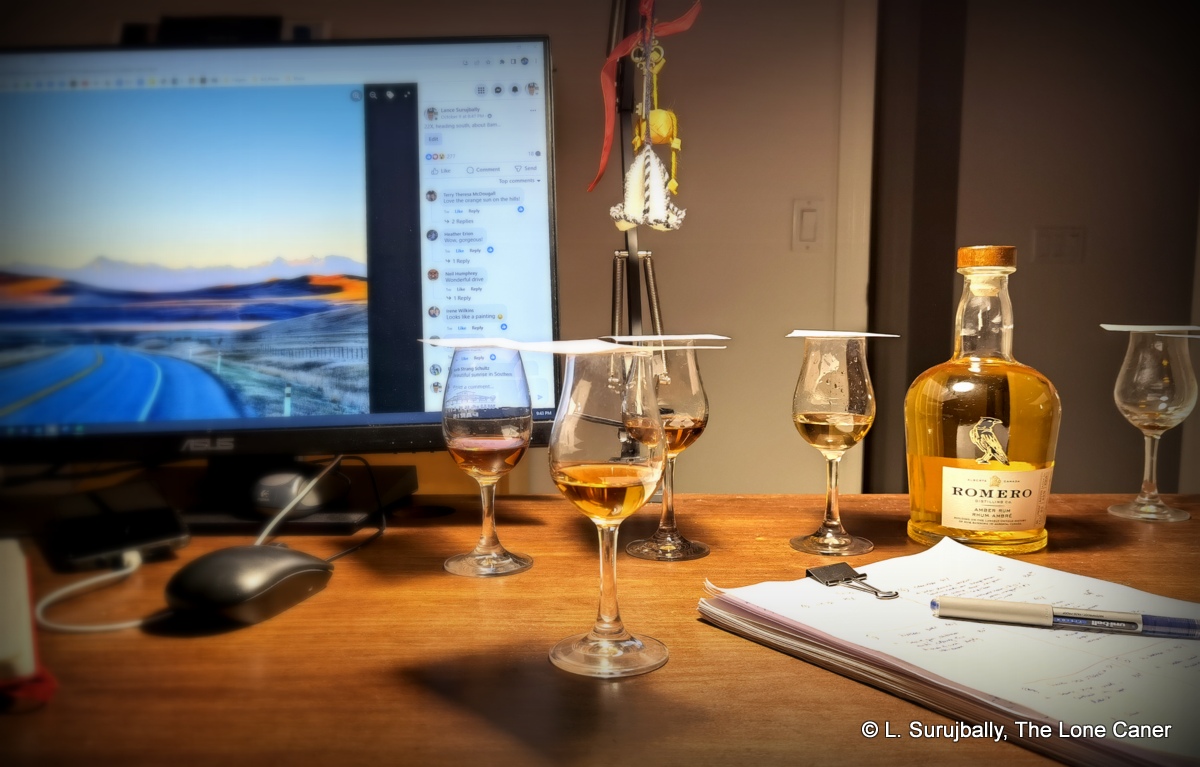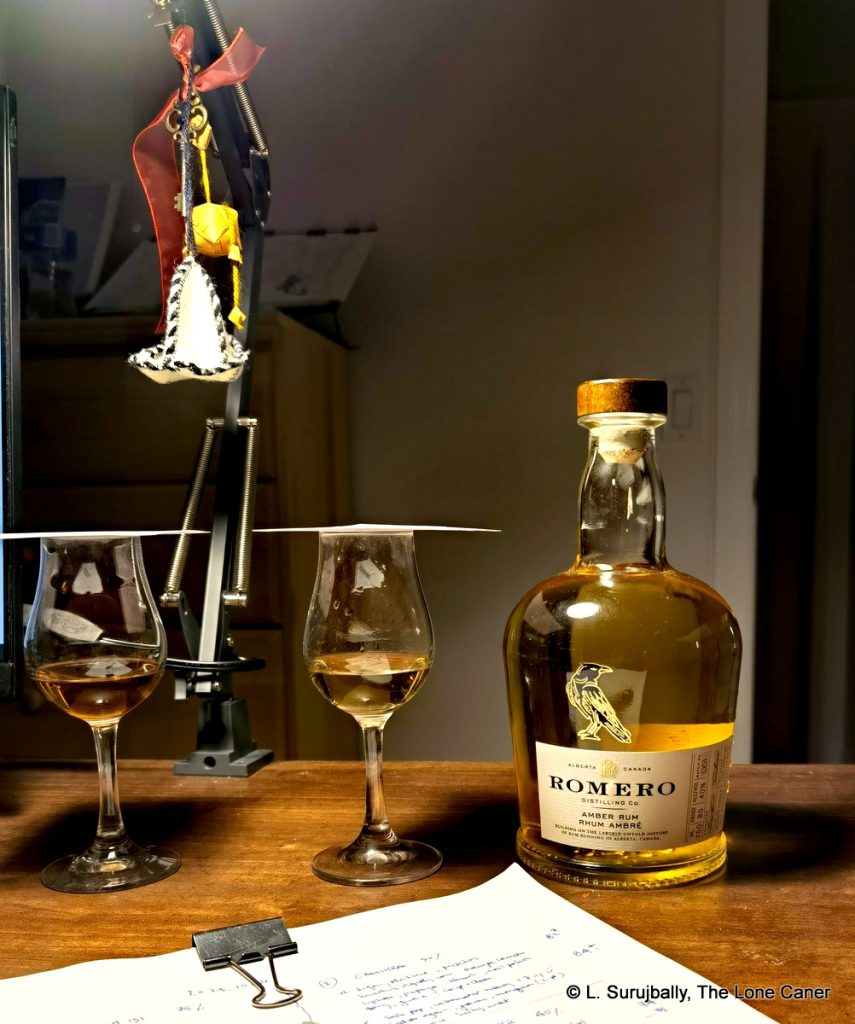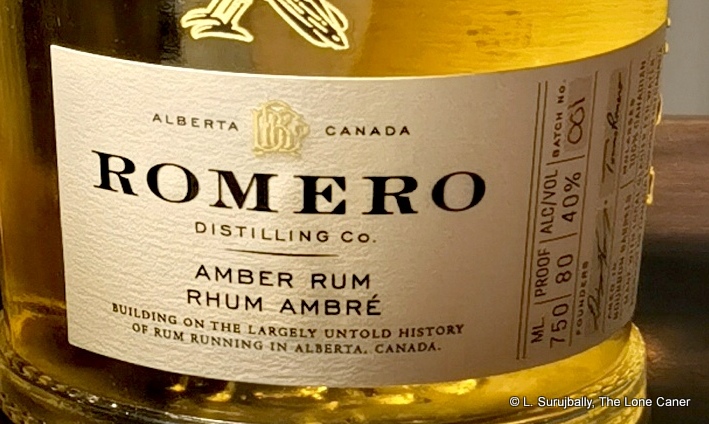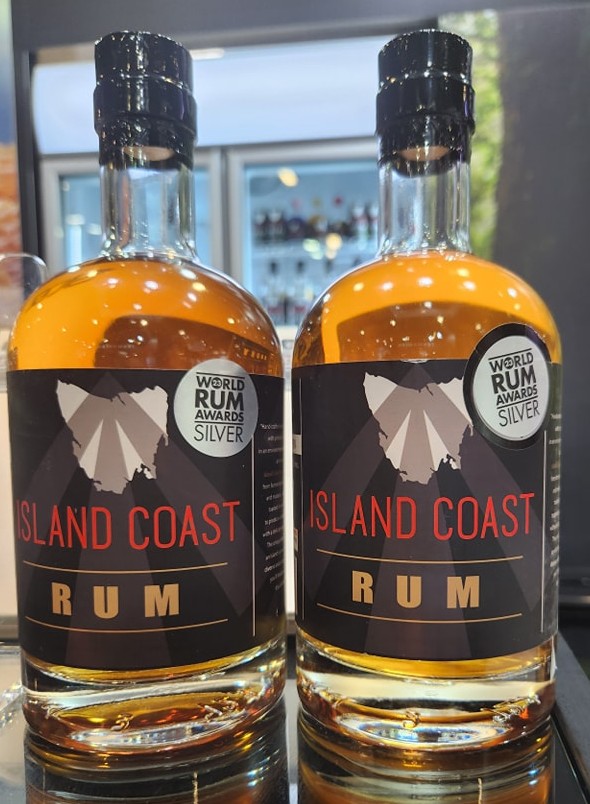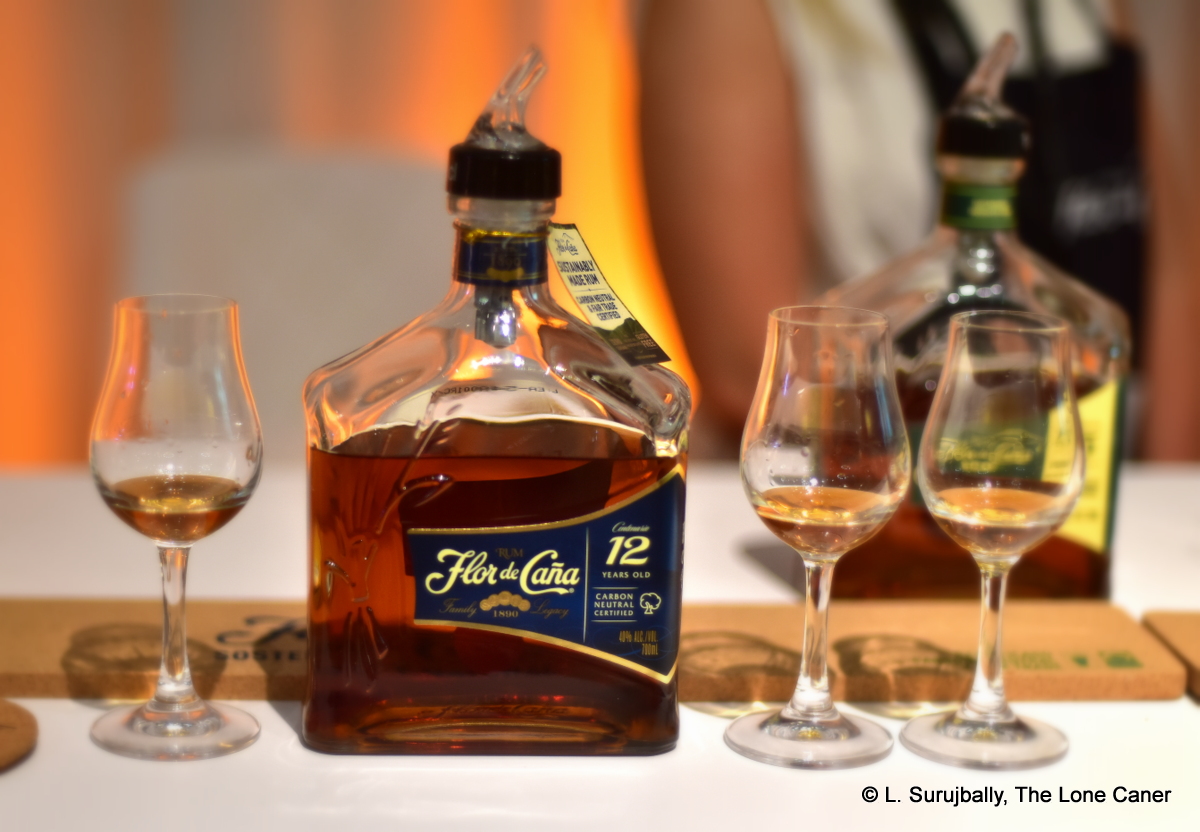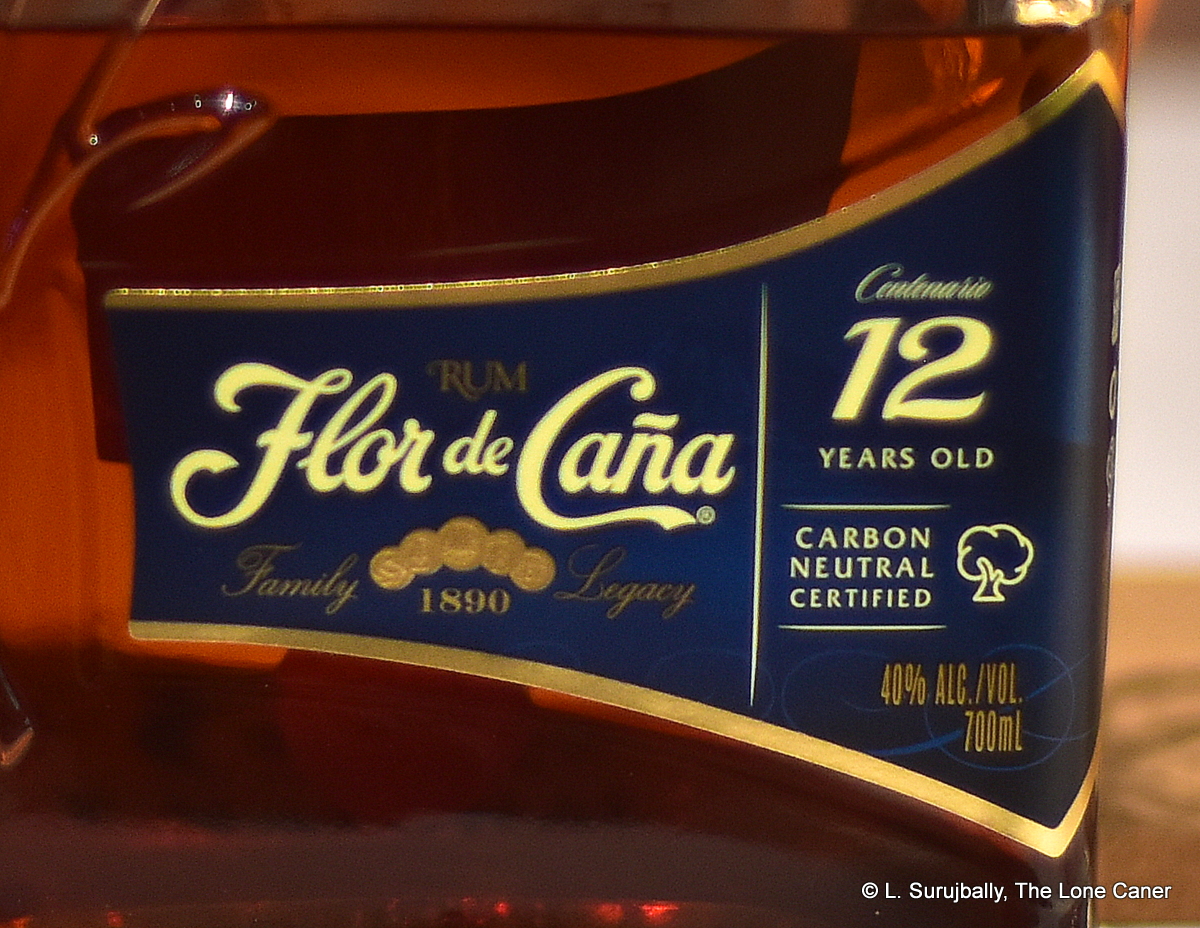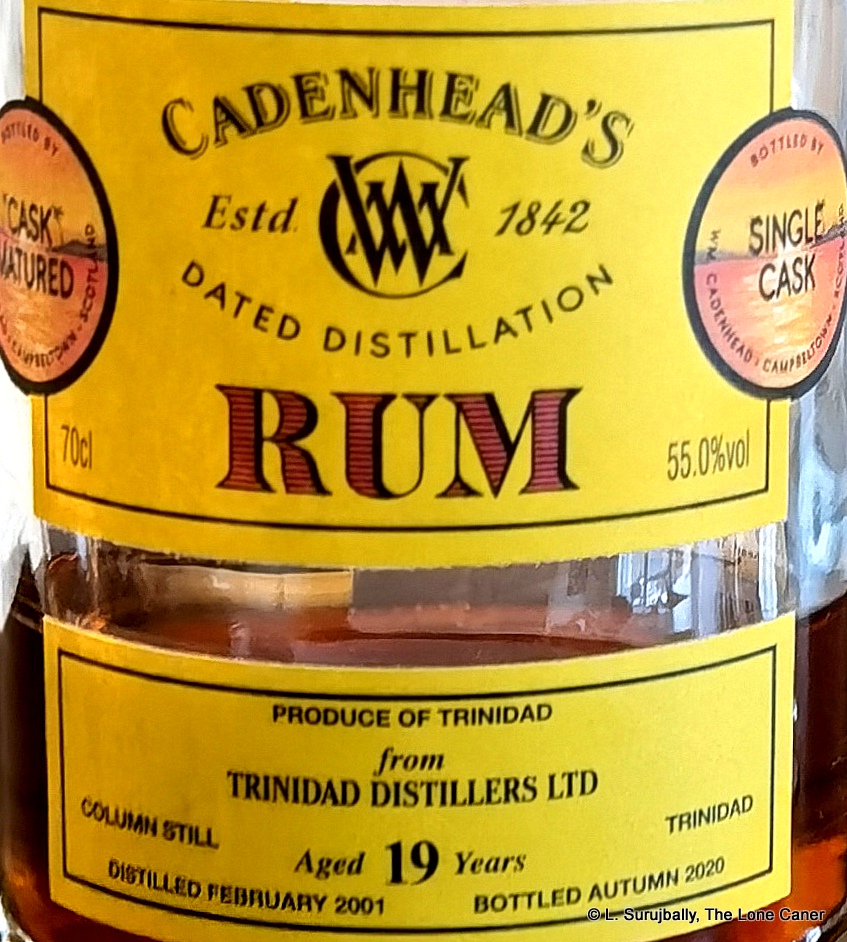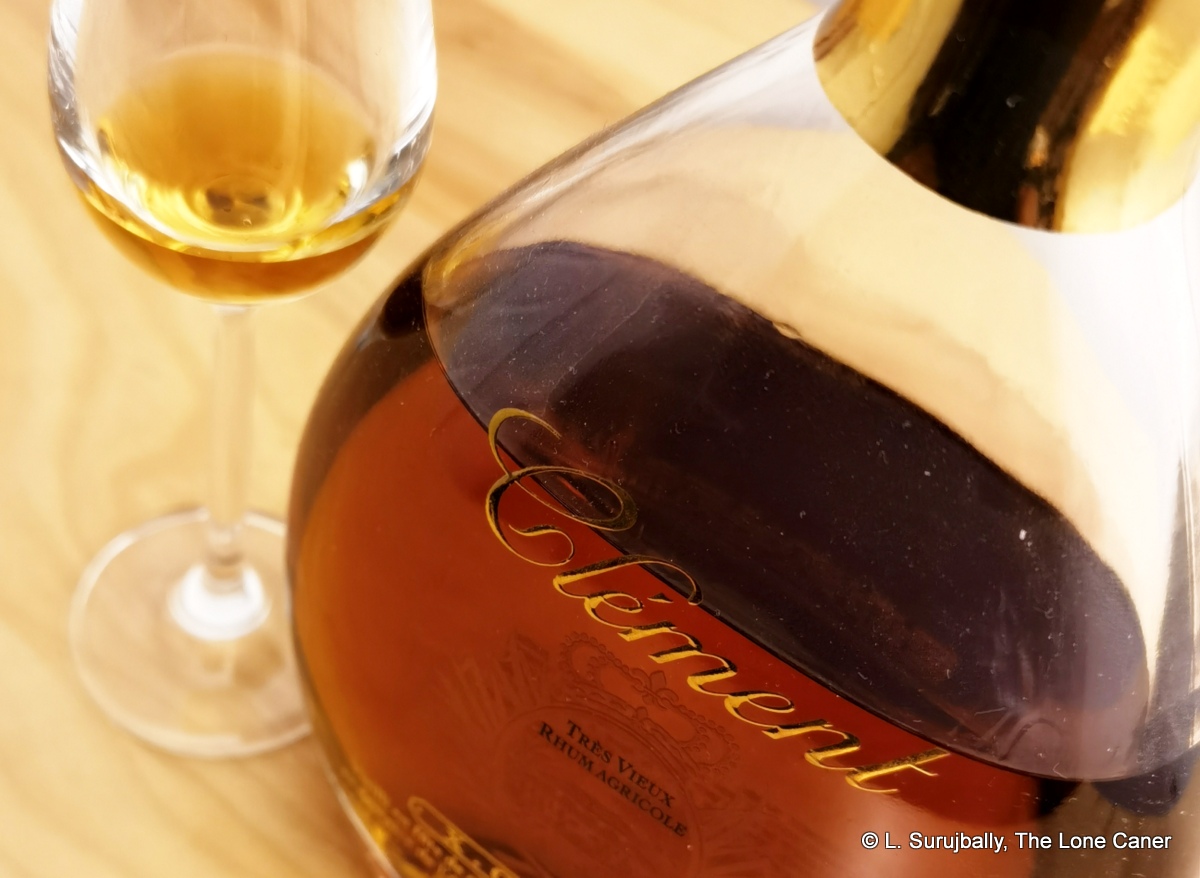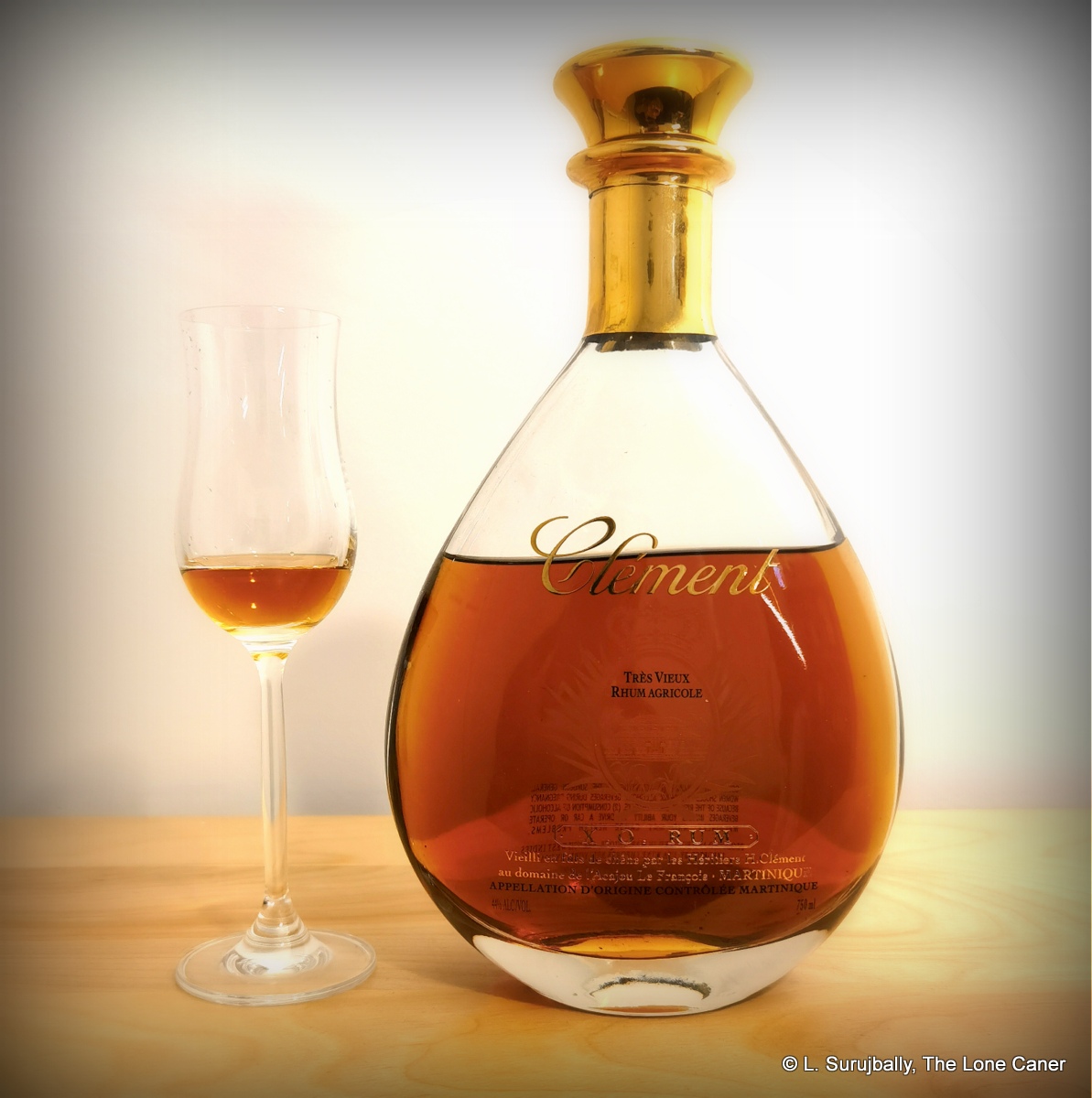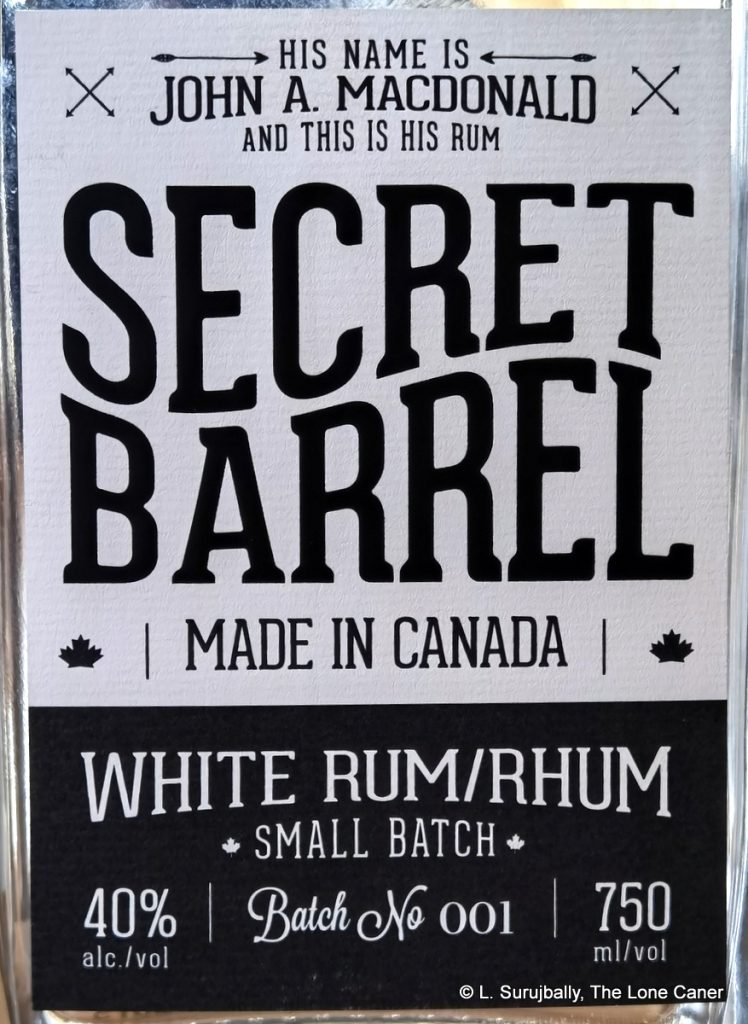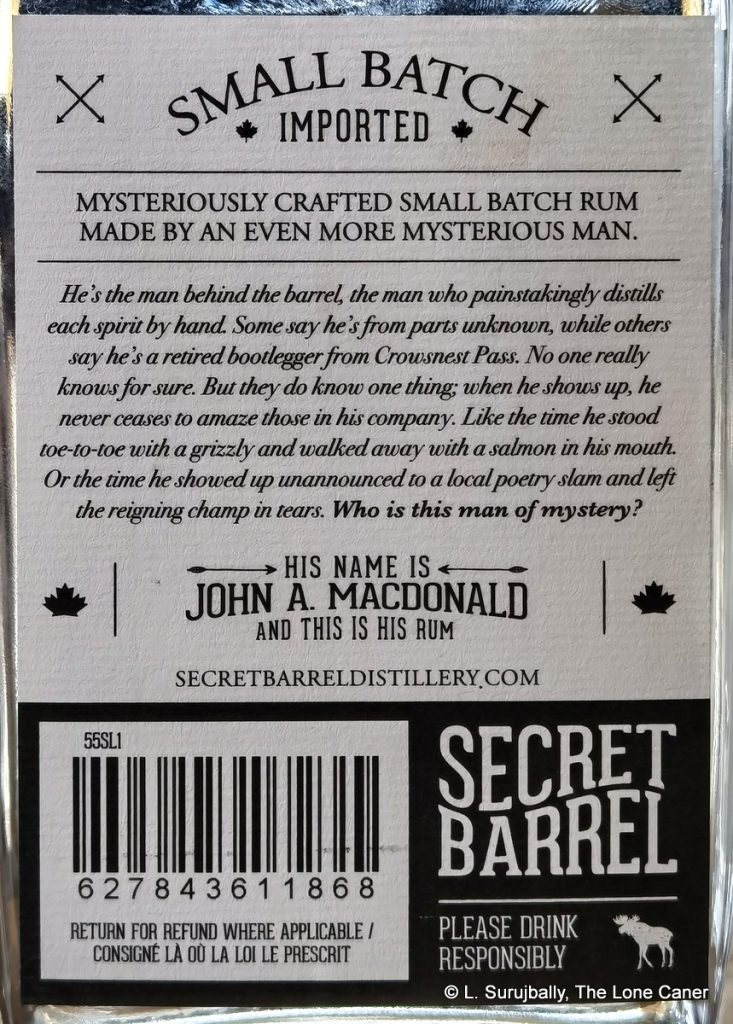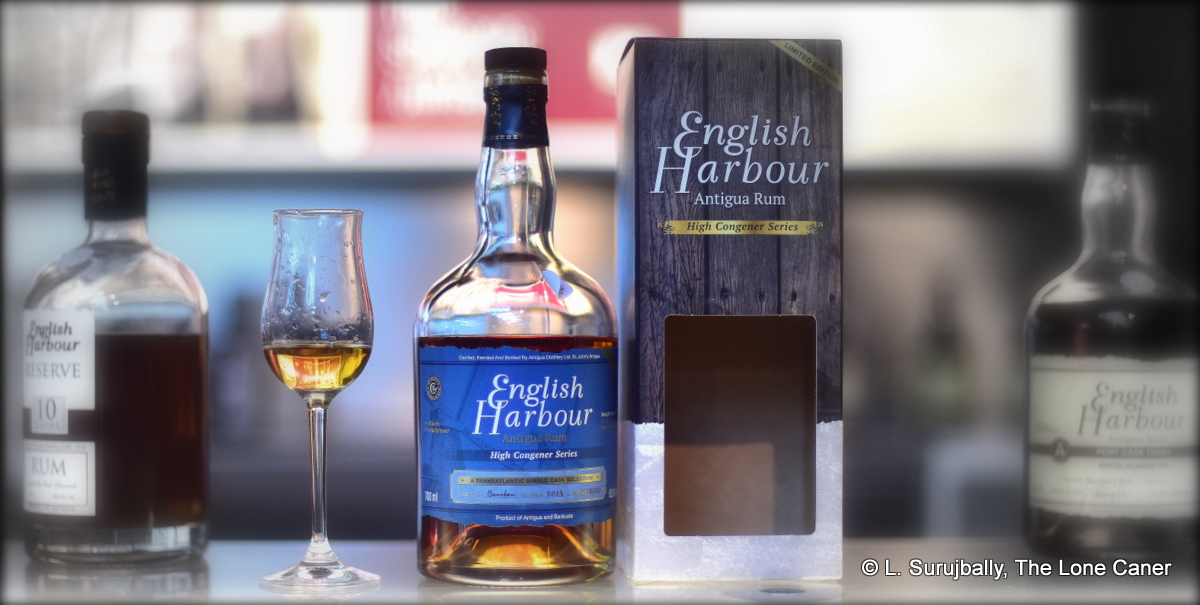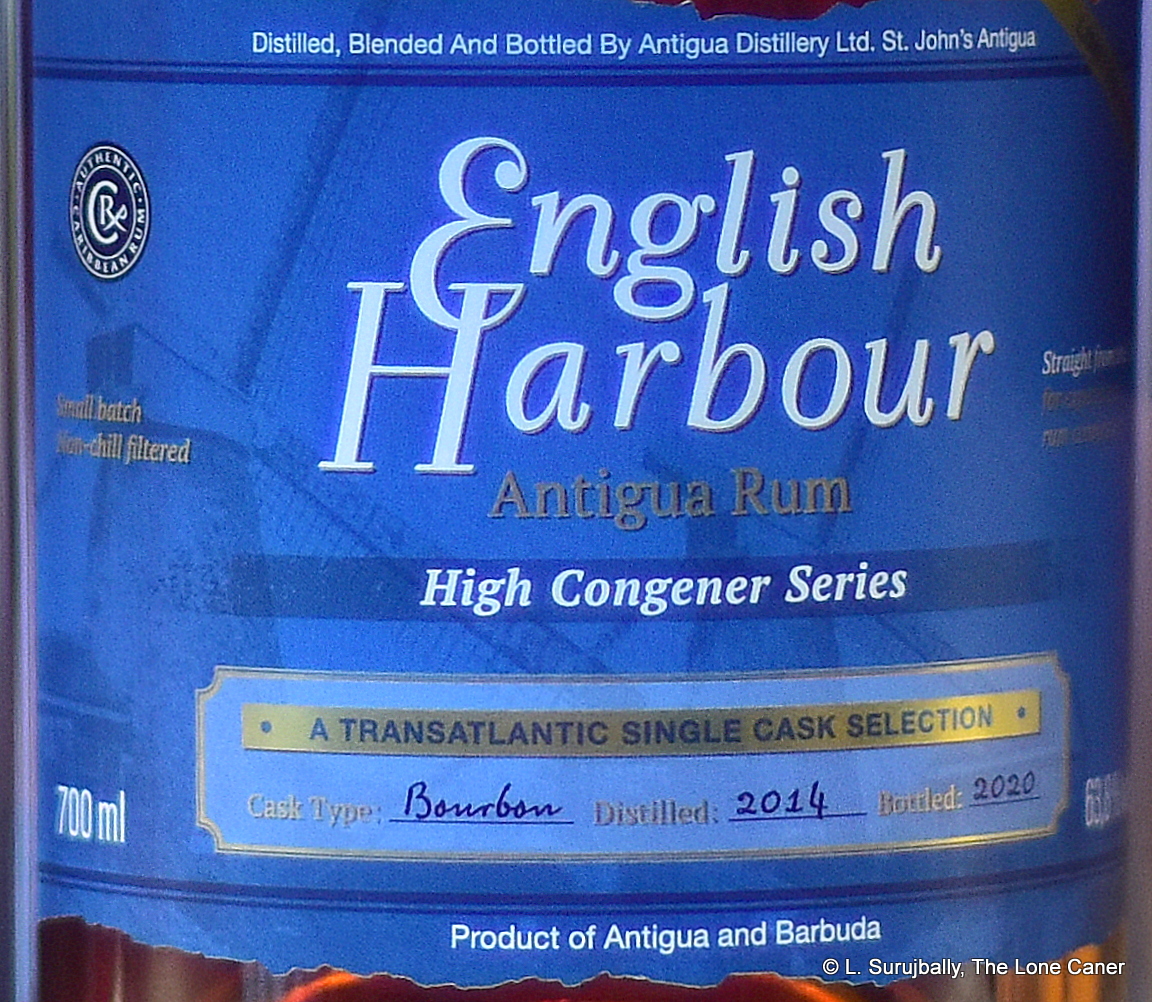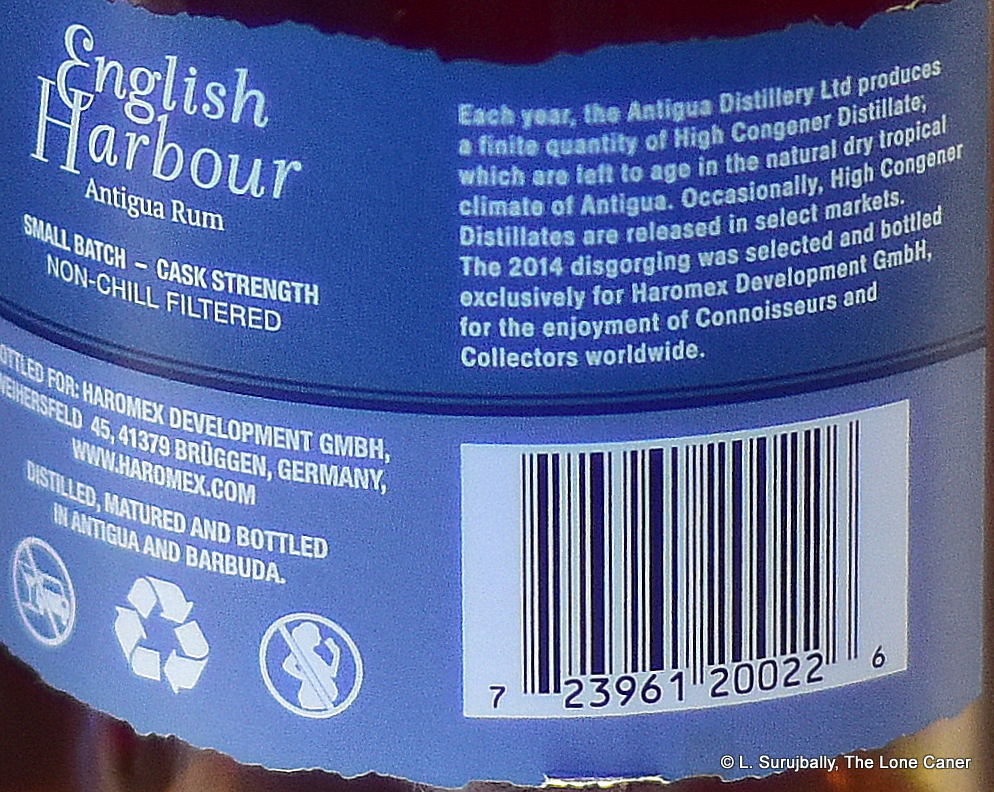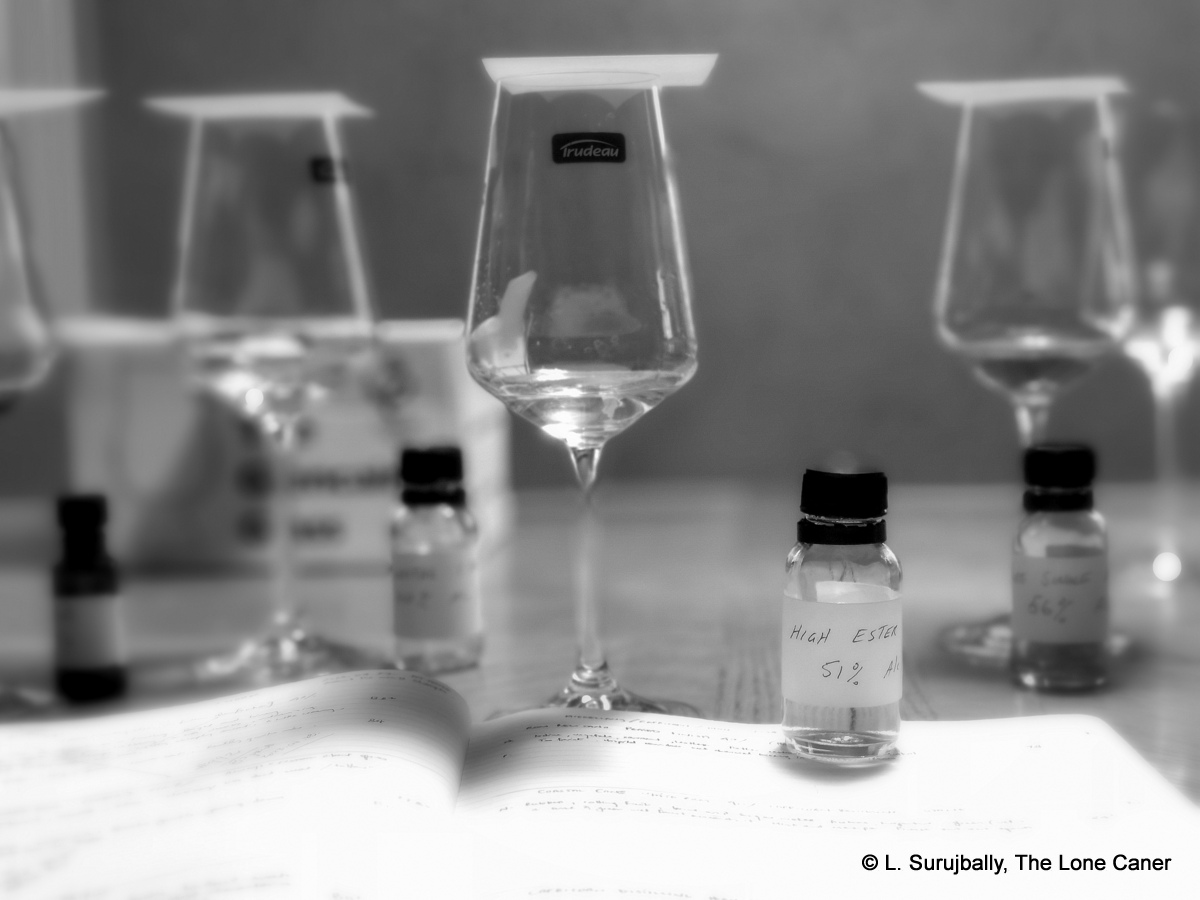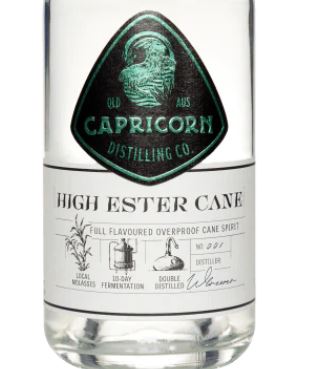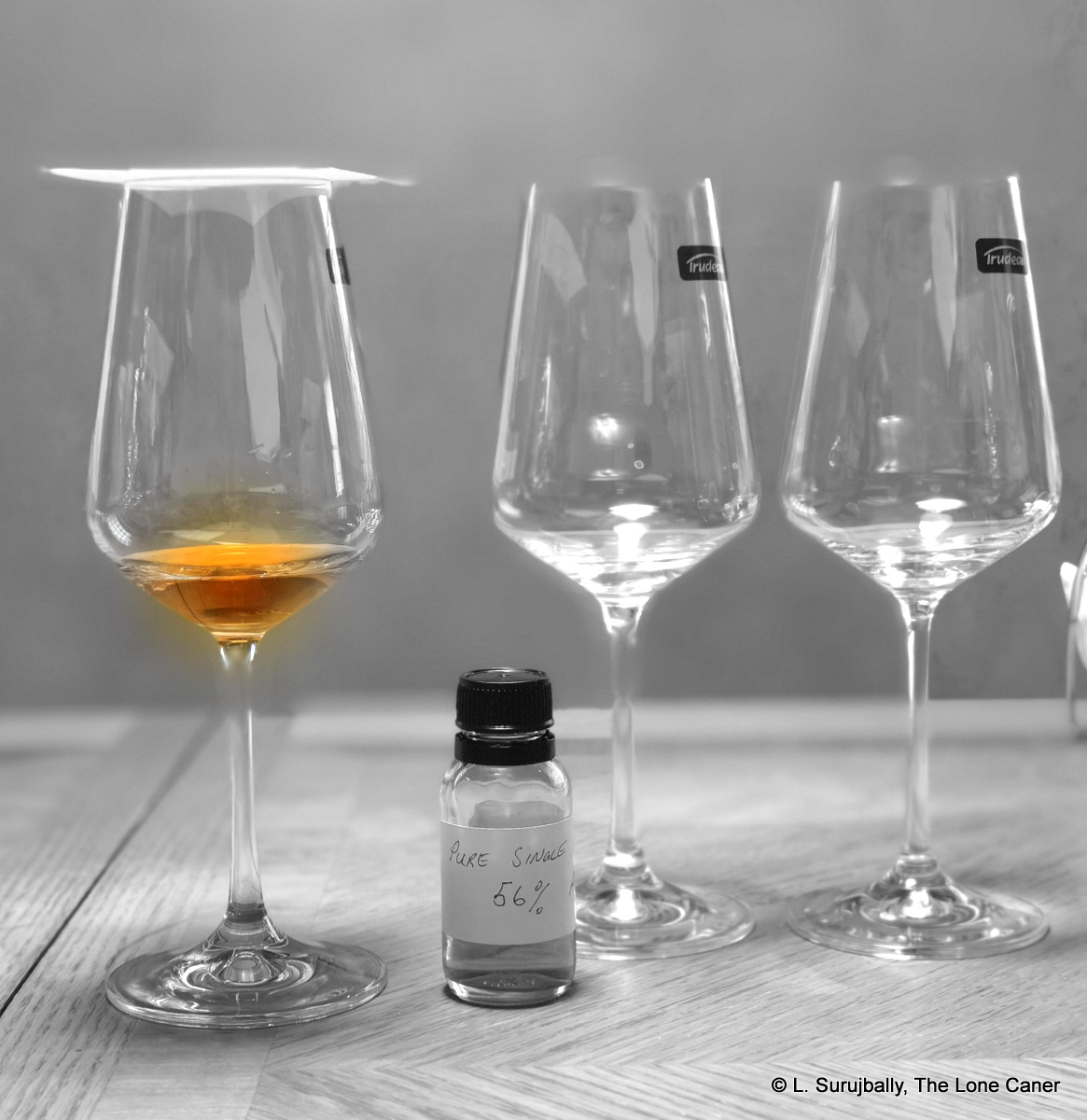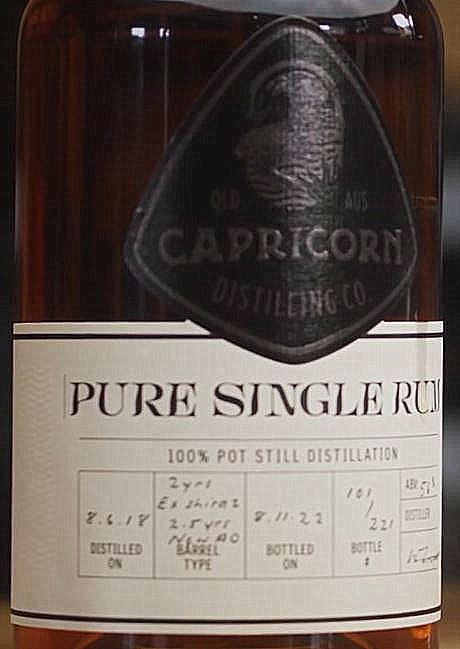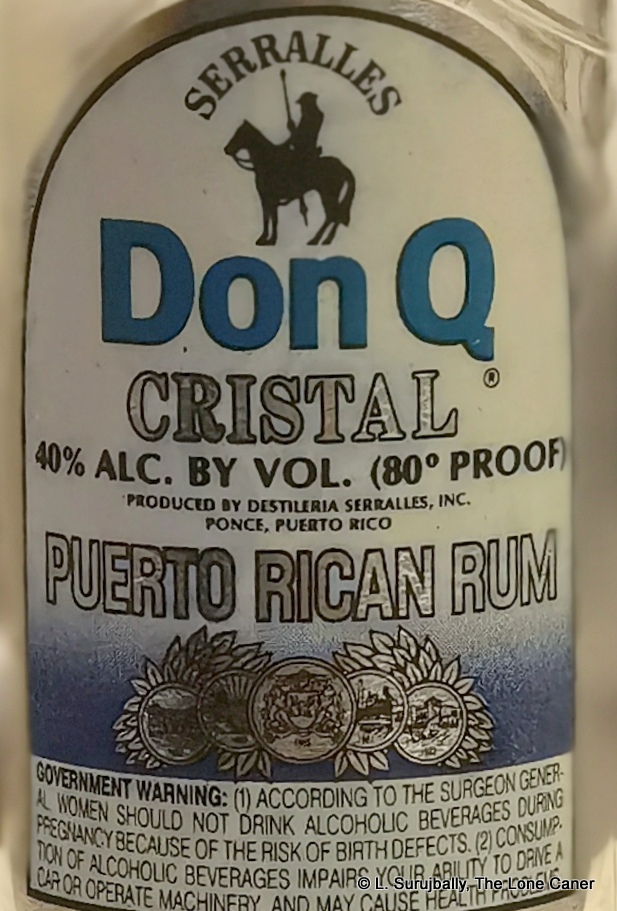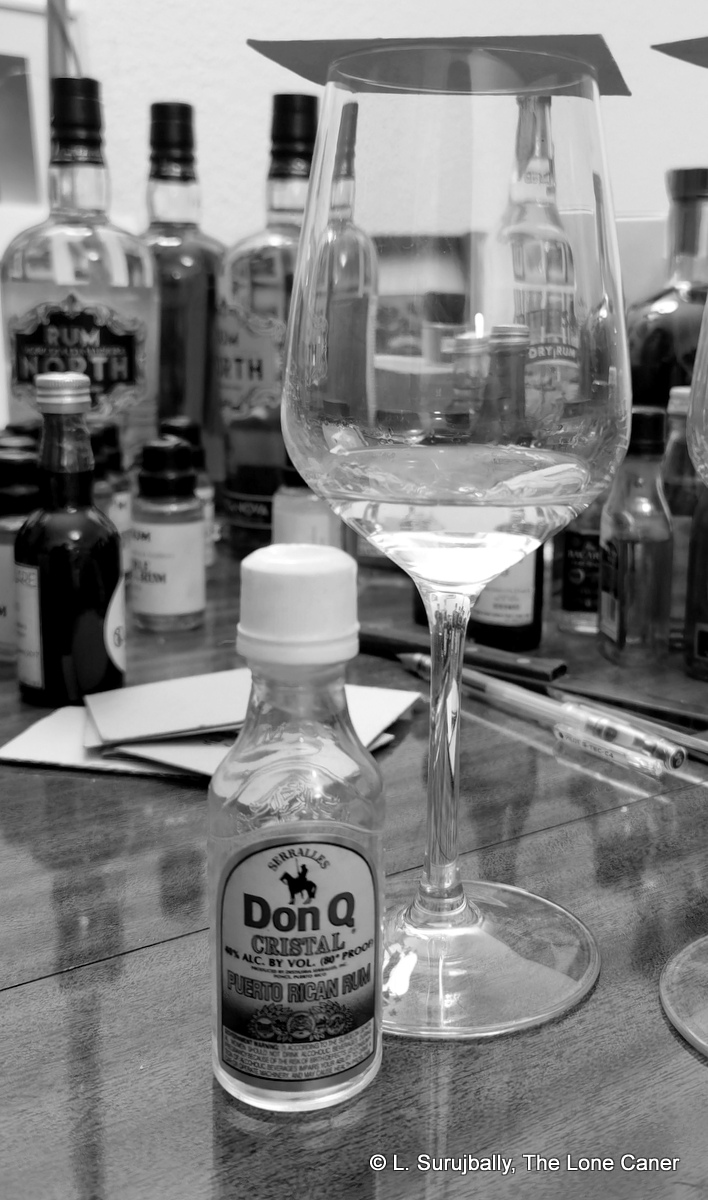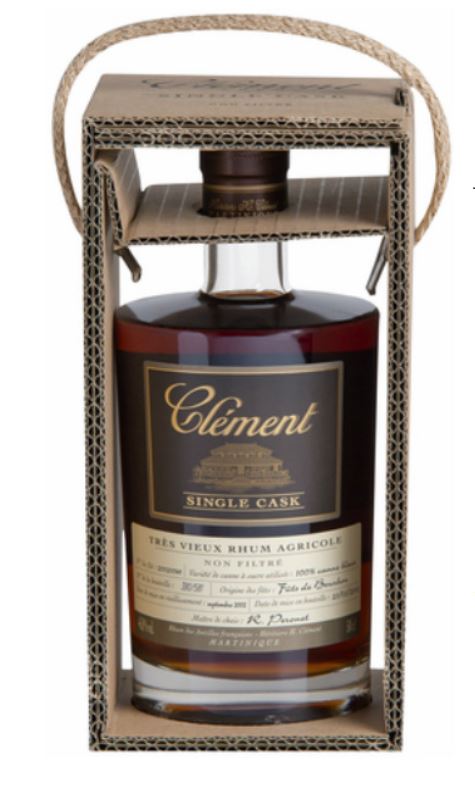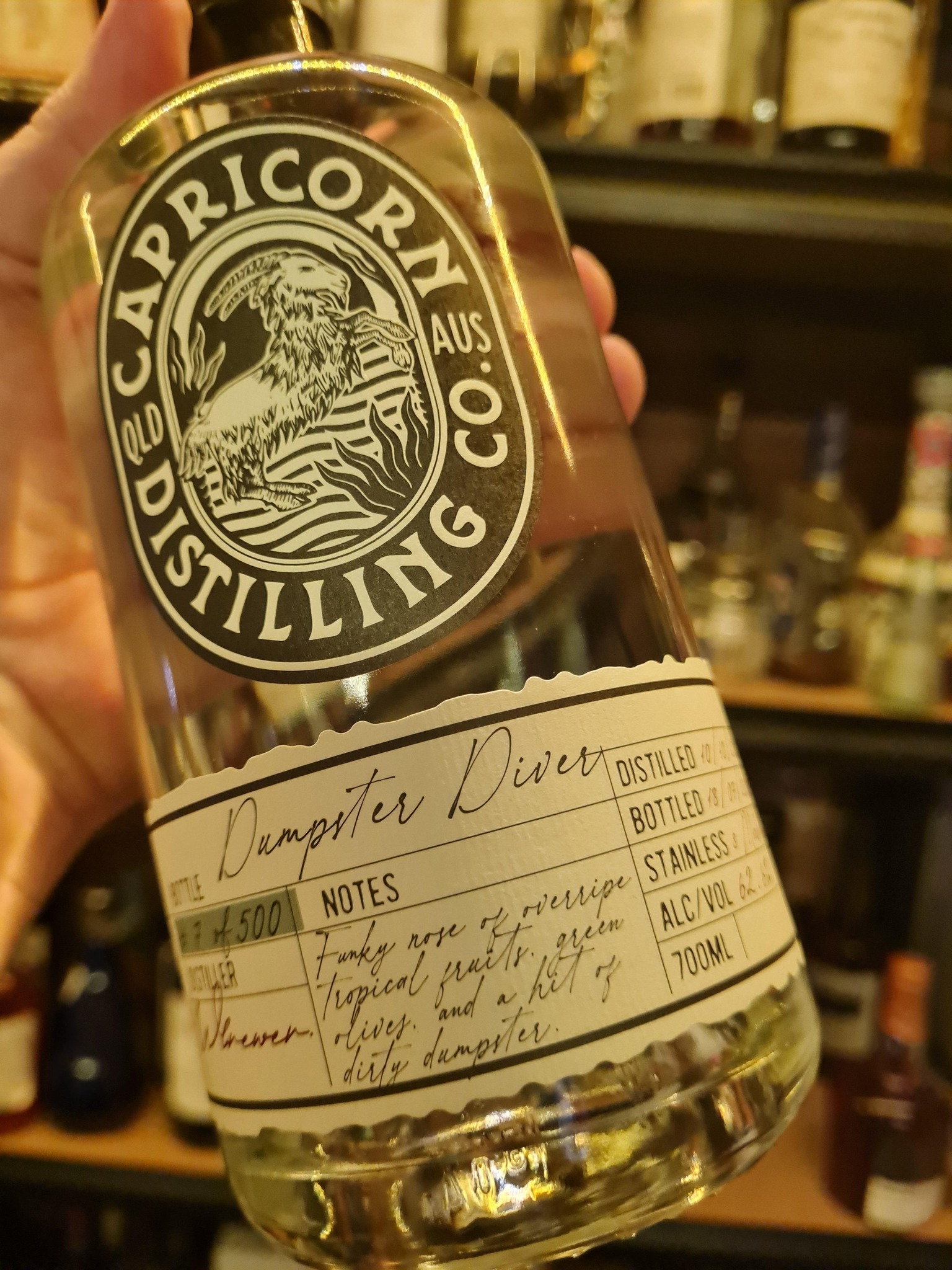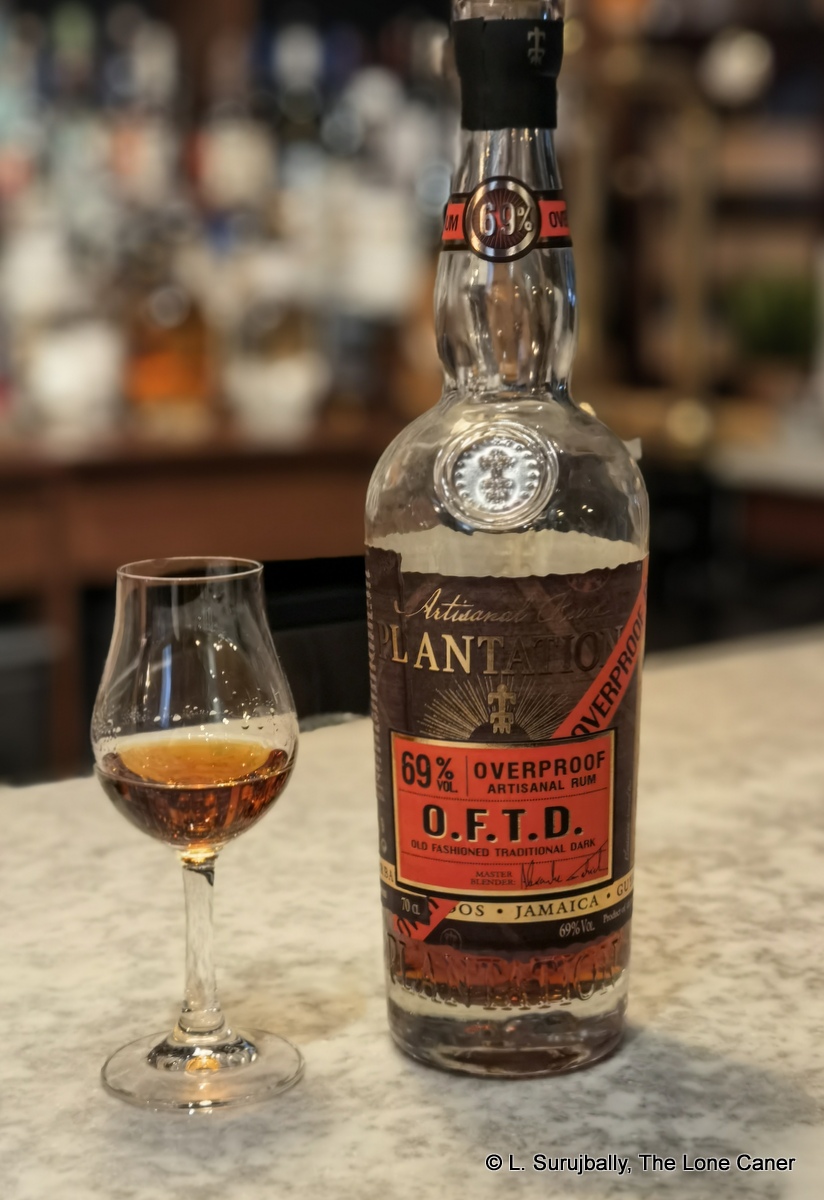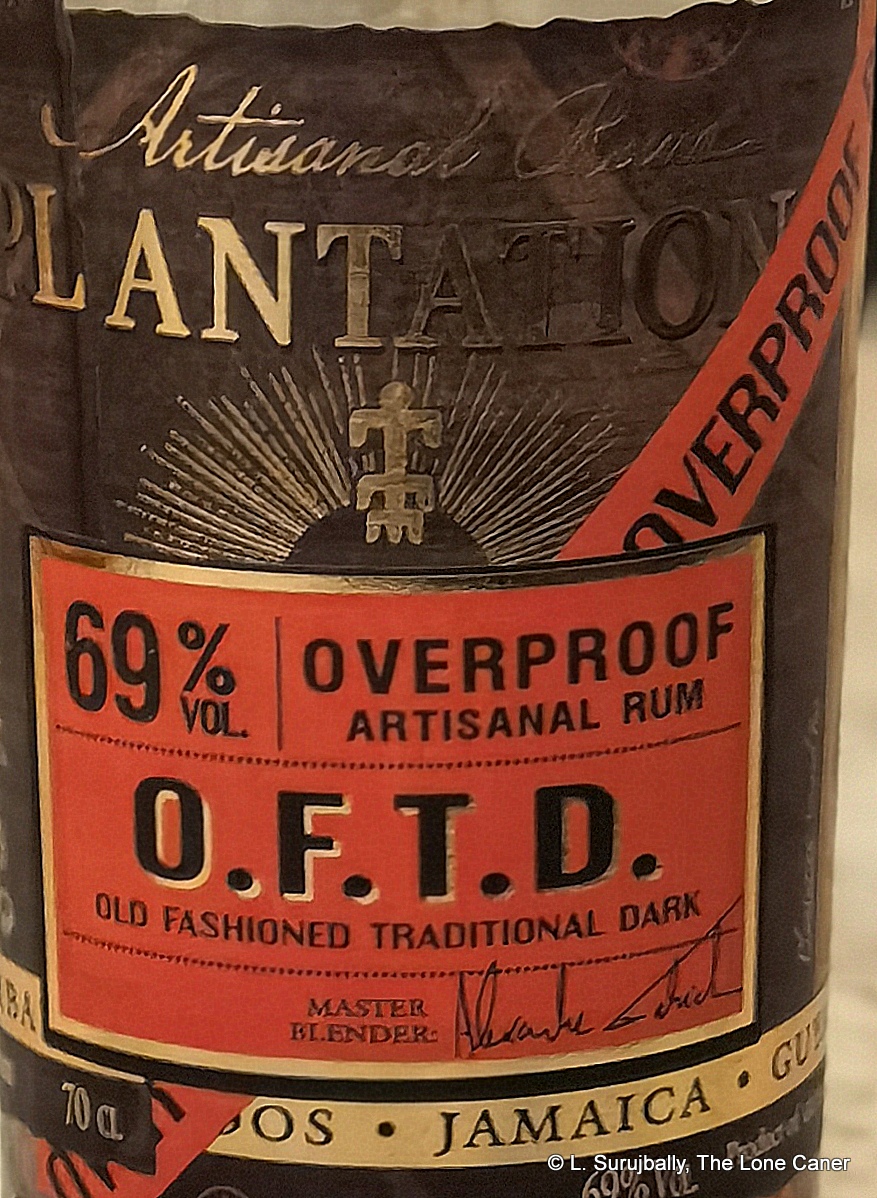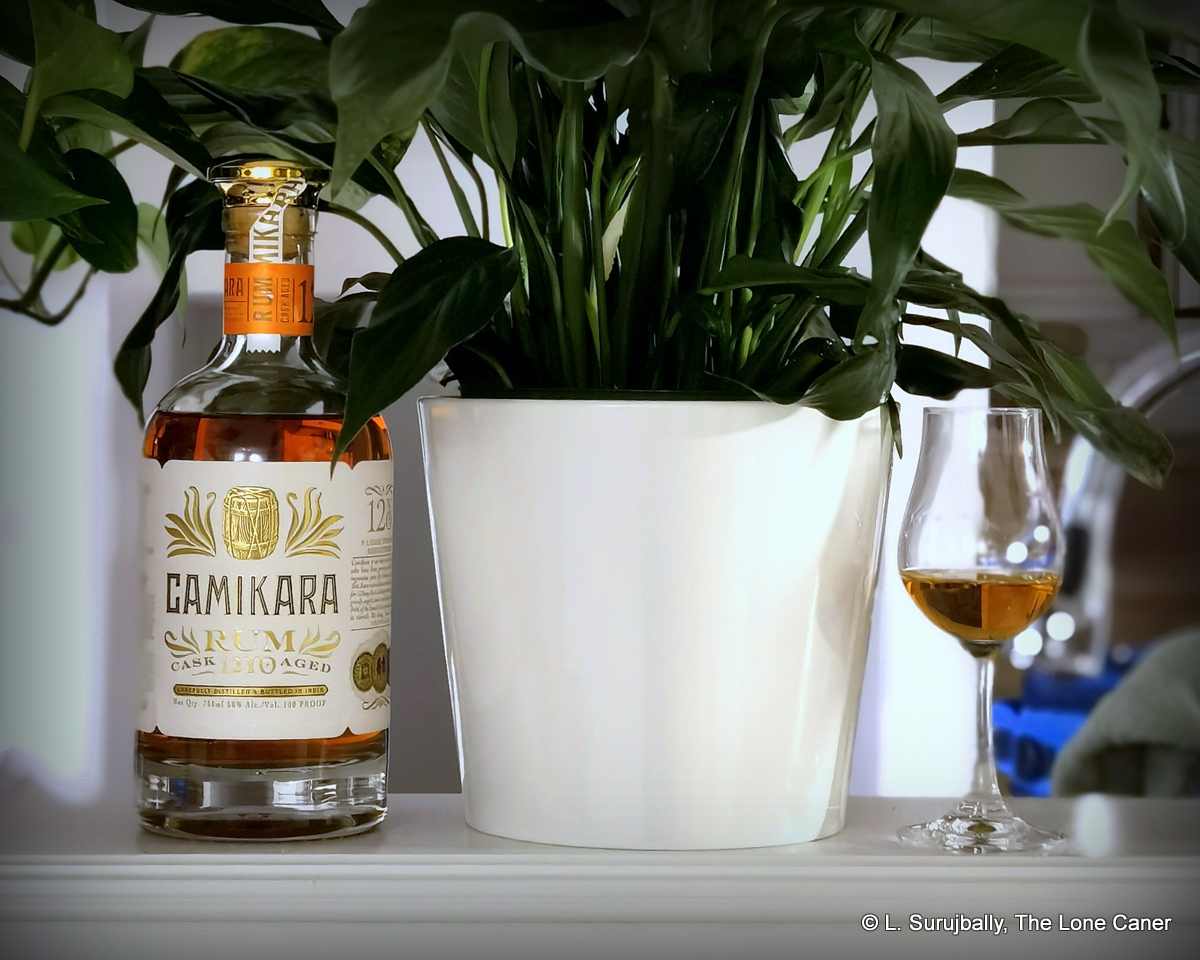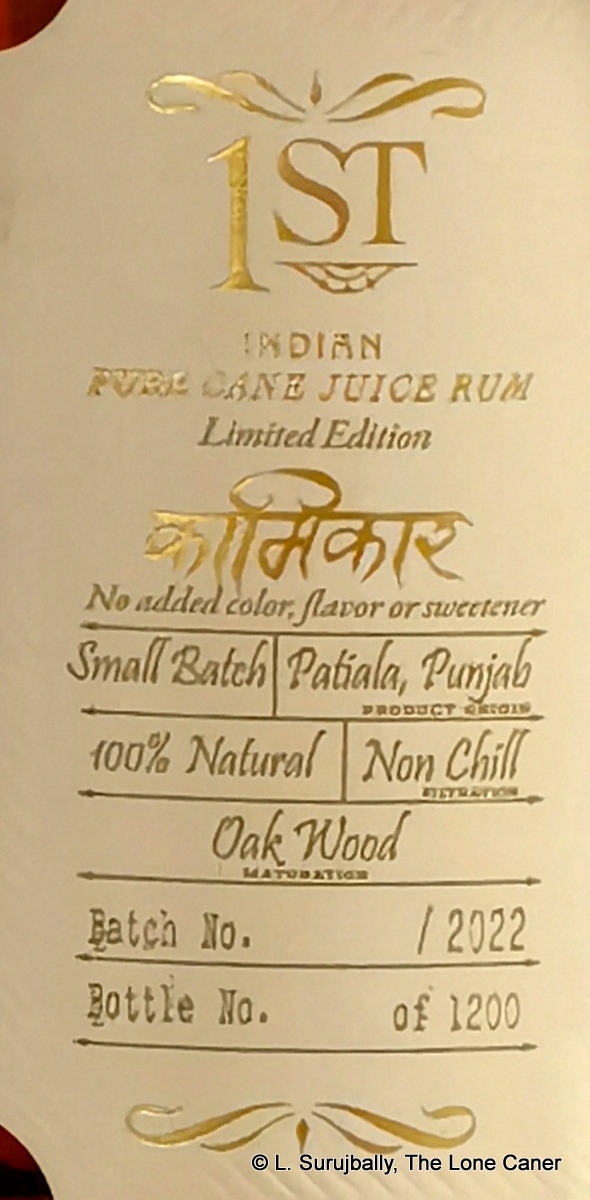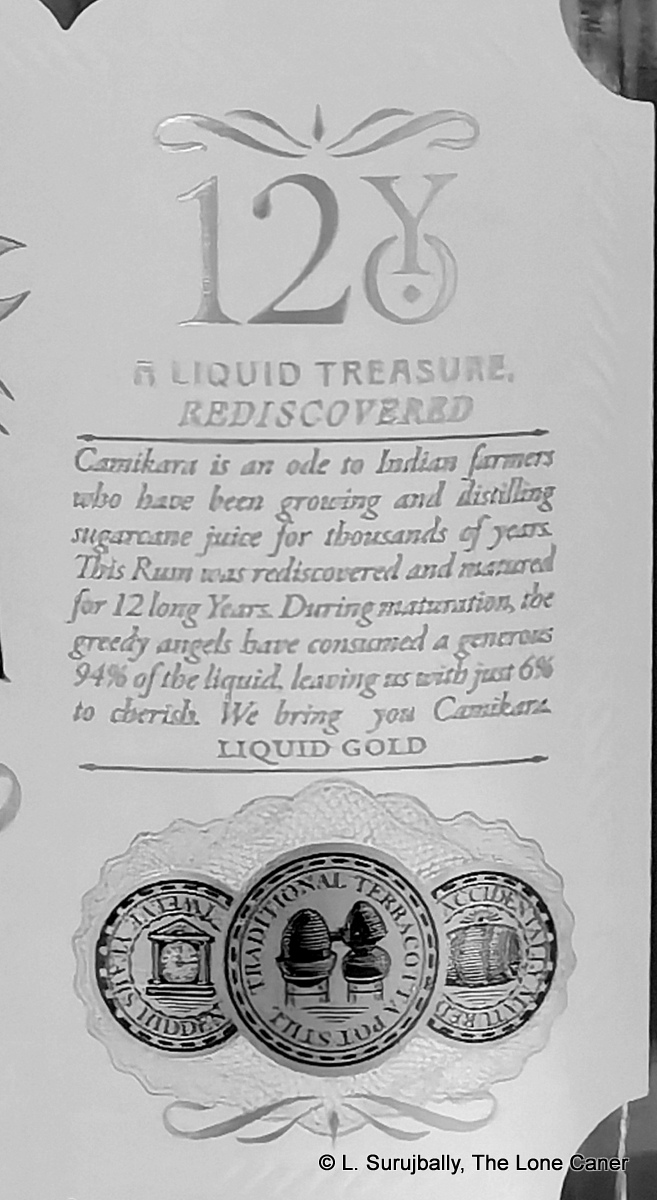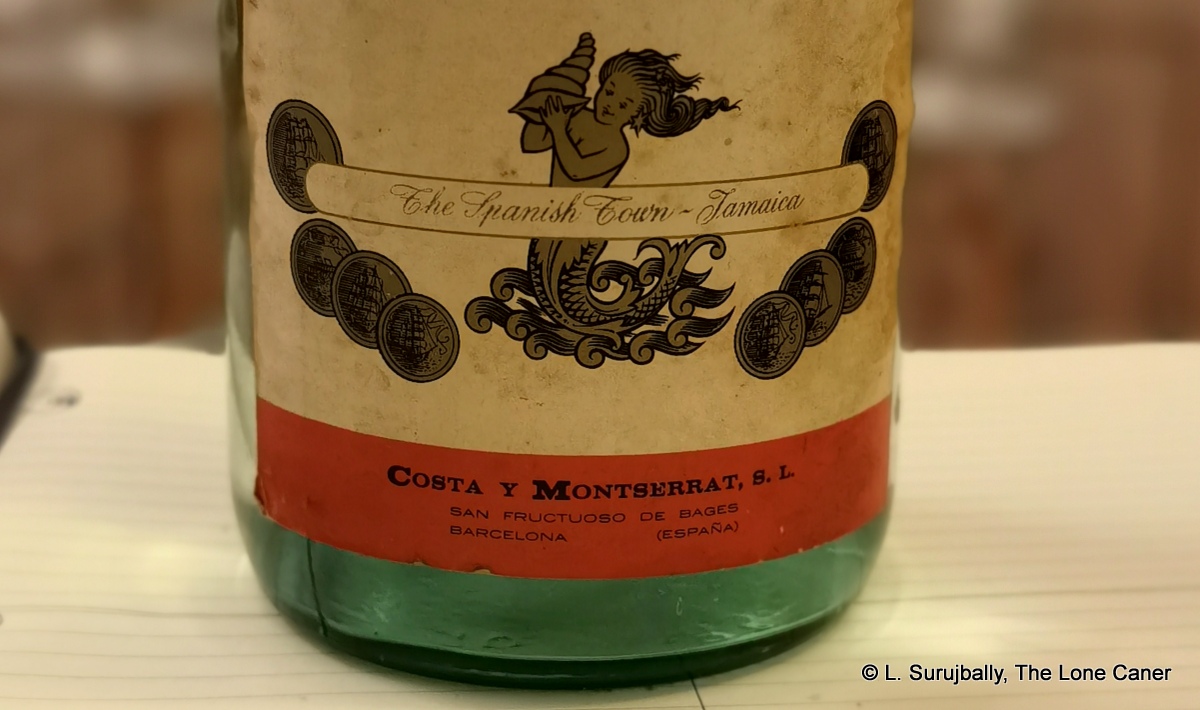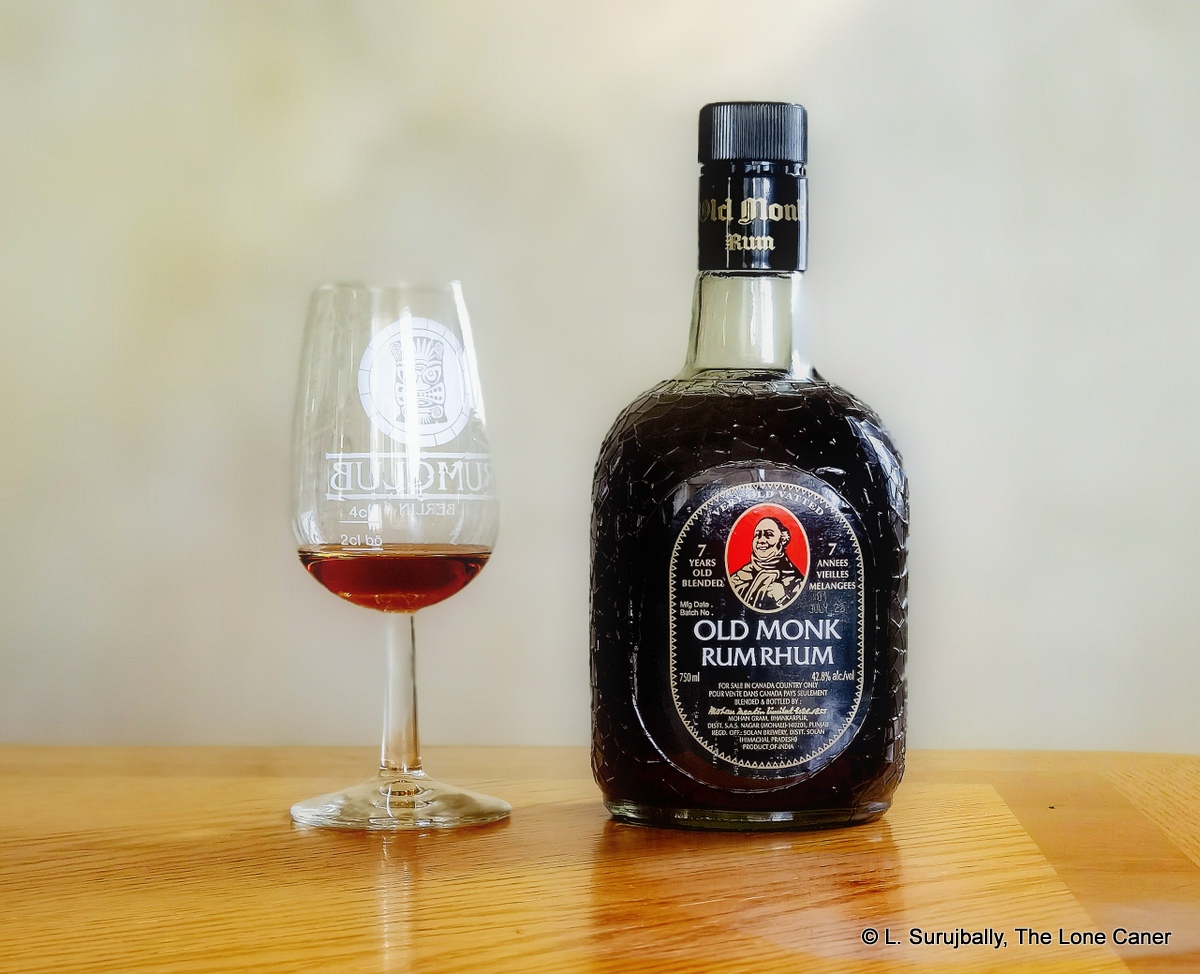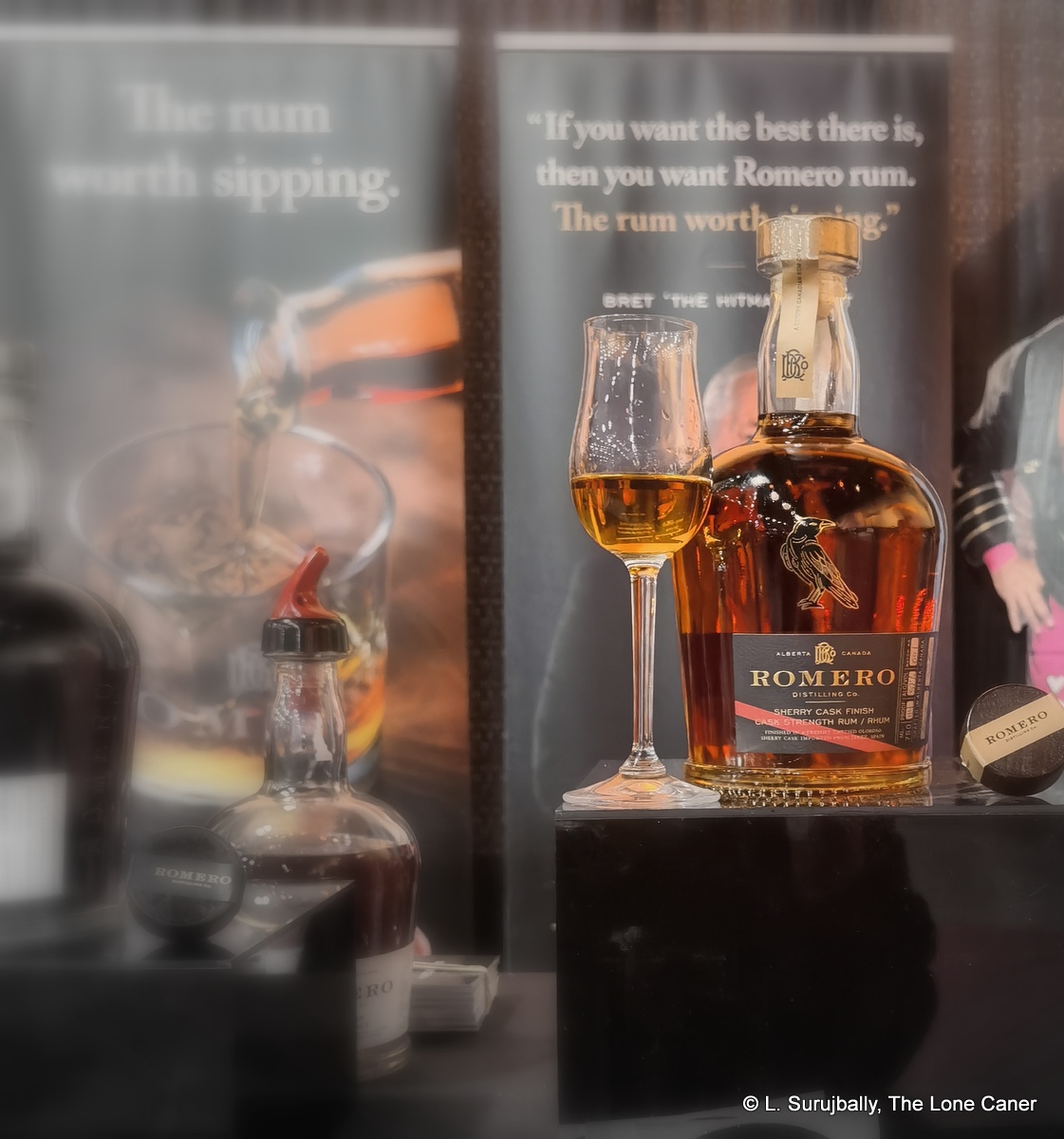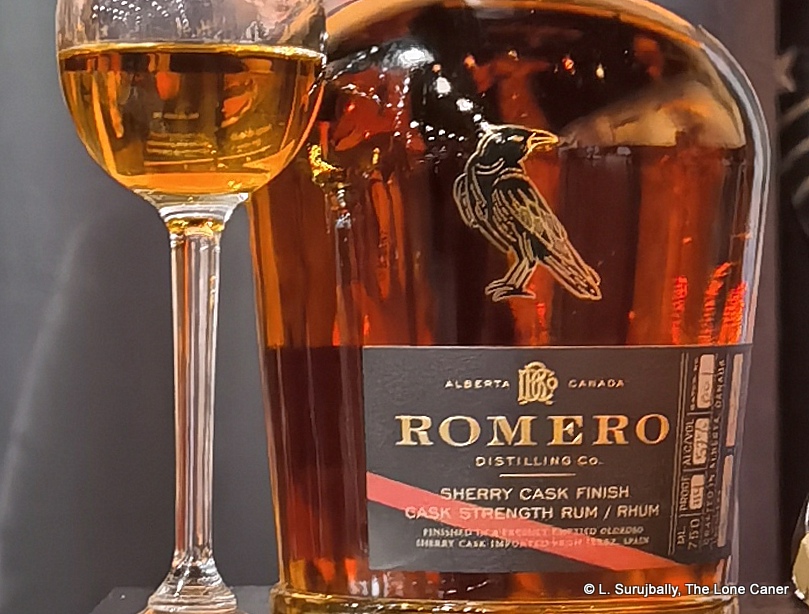Consider for a moment the distinctive bottle shape and sleek label design ethos of the Bayou Louisiana white rum. The crystal clear white and green1 motifs (call me an overly-visual imagineer if you will) hints at cane juice, grass, and sunshine and channels thoughts of a clean and tasty white rum in fine style. Just as well that this is all in my head because while the text tells you the usual stats, little of the images and sense of what they represent, is real.
The company making the rum is called Louisiana Spirits LLC: it was founded in 2011 by brothers Tim and Trey Litel and their friend Skip Cortes, with Bayou as their flagship brand in January 2013 (the idea had been floated in a duck blind). The chosen name was obvious (and survey-tested for its recognition factor, as if this were necessary), and back then the design had a ‘gator on it. By 2018 in a rebranding exercise it had been renamed “White” and the modern design had snapped into focus. The wag in me suggests that maybe more surveys were done but actually that’s when the SPI Group (the owners of Stoli vodka and headquartered in Luxembourg) who had already bought a majority stake in 2016, acquired all the remaining shares and took over. Some still tout it as being the largest privately owned rum distillery in the US, which I guess depends on how you look at it and where the private hands are.
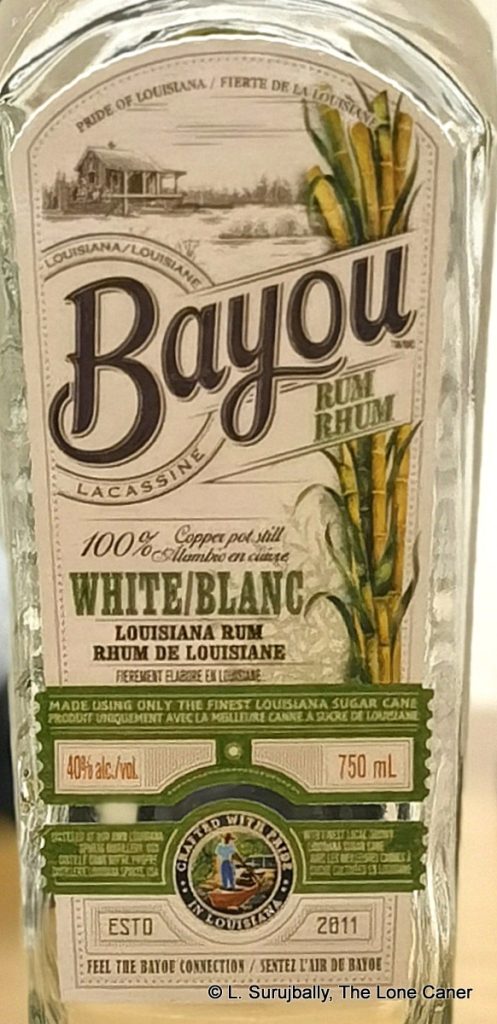 Anyway, the production details: those are scanty. The label says it’s made from molasses and “sugar cane” (what does that mean, I wonder?); the company website notes the molasses as being blackstrap, provided by a family-owned sugar mill in Louisiana, M.A. Patout and Sons (whose centuries-old history is quite interesting in its own right), yet don’t seem to have any interest in making cane juice rums in the one state which has oodles of cane fields in close proximity. They have a pot still. They blend. The white rum supposedly rests for forty days before being bottled. That’s it.
Anyway, the production details: those are scanty. The label says it’s made from molasses and “sugar cane” (what does that mean, I wonder?); the company website notes the molasses as being blackstrap, provided by a family-owned sugar mill in Louisiana, M.A. Patout and Sons (whose centuries-old history is quite interesting in its own right), yet don’t seem to have any interest in making cane juice rums in the one state which has oodles of cane fields in close proximity. They have a pot still. They blend. The white rum supposedly rests for forty days before being bottled. That’s it.
Based on how it samples, I wonder at that last bit — because all the solid character of a rum that’s had nothing but “rest” to calm it down off the still, is missing. The rum is a whole lot of standard strength nothing-in-particular. The nose channels a puling sort of weak candied ethanol, vanilla, watered down yoghurt (is there such a thing?) plus a whiff of shoe polish, sugar water and the faintest suggestion of pears and watermelon. This is a glass I poured first thing in the morning when the senses were sharp, kept there for an entire day, and that flaccid set of notes was all that was there the whole time.
There’s a bit more action on the plate, though I confess that this is damning it with faint praise since it started from such a low level already. Some sweet gherkins, a touch of tart fruit, biscuits, more ethanol and sugar water. I thought I spotted a green grape making out with a ripe pear at one stage, but admit this could be my imagination, the whole thing is is so faint and lacklustre. The finish is actually not too bad – it has some sharpness and dry robust character, and here one can get a vague sense of apples, green grapes and vanilla. Overall, however, it’s too little, too faint, too late and simply serves to demonstrate how everything that comes before is sub-par.
The Rumaniacs series boasts many examples of anonymous inflight minis, holiday-resort stalwarts and cruise ship staples exactly like it, and maybe that’s all this is really good for, because it channels the sort of bland, lightly aged, filtered, colourless mixers that Bacardi did with such aplomb in the seventies. Bayou continues this noble tradition, and lures you in with a great presentation bolted on to a taste that’s inoffensively boring and milquetoast, and so devoid of character, that one is, with genuine befuddlement, forced ask what they thought they were doing. If Bayou were trying to make a light vodka-like spirit, or a standard white back-bar mixer without pretensions, then they surely succeeded. If they were trying to make a white that wowed people’s socks off and put the US rum producers on the map, not even close.
(#1053)(72/100) ⭐⭐½
Other Notes
- From my experience, I would suggest the rum is slightly aged and filtered to white, even if this is not mentioned anywhere.
- Although taken over by SPD, much of the original staff seem to have remained involved, especially the head distiller, blender and even the owners.
- Video review can be found here.
Opinion
While for most average rum drinkers or rum buyers the disclosure on production mentioned above is enough, for my money that’s not even basic information. Fermentation is not mentioned; abv off the still is not disclosed; no photo of the still is on the website; and the ageing program is never discussed, which is to say, is the rum treated a la Bacardi with one or two year’s ageing and then filtered to white, or is a true unrefined white such as are increasing in popularity and which actually taste like a rum, not alcoholic water?
None of this is considered important enough to either mention on their website, in any of their many press releases, or interviews in the media. To me, it says a lot for what the rum truly is: a commercially and indifferently distilled product with no pretensions to being anything more. I don’t hold any grudges on this account, but what’s the big deal about mentioning it? Own your sh*t ,and don’t dress it up like something it’s not.
Still, one can only admire their expansion. The company stated it was moving 15,000 cases a year in seven states by the time Stoli approached them at the tail end of 2015, which is an incredible feat to have accomplished in three years, when you think about what the market in the US is like — one can conclude either it’s because of their great product or their great distributor or great marketing.
But I am of the belief that no producer or distiller who is truly proud of the product they make, tells you so little about it while dressing up their bottle so smartly…or disposes of their interest so fast. The fact that they sold out less than five years after they began suggests that money was always the motive, not making a really good white rum that would put Bayou on any list of great American rum producers. And I think that’s something of a shame.
